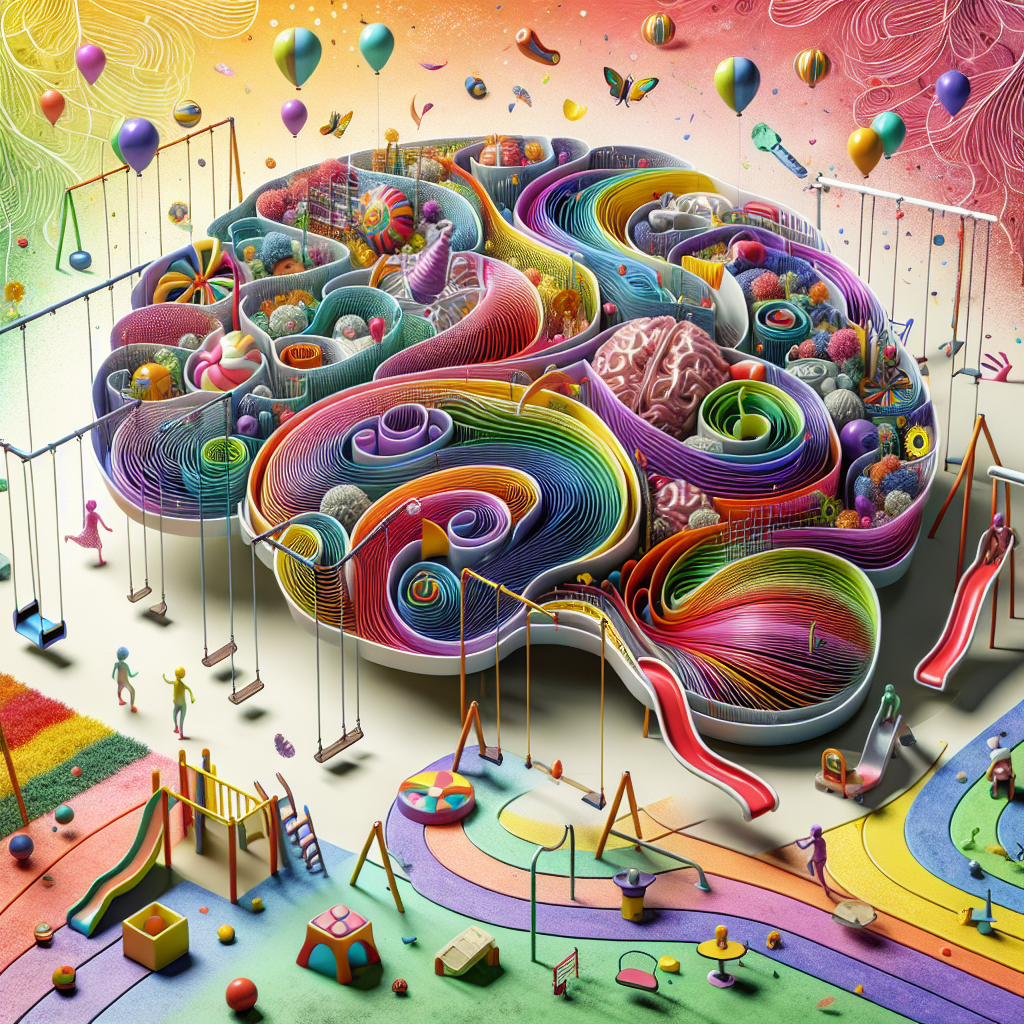Unlocking the Mind: How Understanding the Psychology of Creativity Can Change Your Life

Creativity is often viewed as an elusive gift reserved for artists and innovators, but recent insights into the psychology of creativity reveal that it can be cultivated in anyone. Understanding the mental processes behind creative thinking can not only enhance our personal and professional lives but also improve our overall well-being. So, what is the secret sauce that makes some people more creative than others? Let's dive in!
The Brain: A Playground of Ideas
At the heart of creativity lies the brain, a complex structure made up of various regions that contribute to creative thinking. Neuroscientific studies have shown that creativity involves a balance between two critical brain networks: the default mode network and the executive control network. The default mode network stirs up spontaneous thoughts and daydreams, while the executive control network helps to shape those free-form ideas into coherent concepts. This interplay allows us to discover new ideas and refine them into something valuable.
Environmental Influences: Shaping the Creative Mind
Interestingly, creativity doesn't exist in a vacuum. Our surroundings and experiences play a significant role in shaping our creative abilities. Factors such as open-minded education, supportive social circles, and even physical spaces can encourage or hinder creative expression. For instance, studies indicate that people tend to think more creatively in environments that stimulate their senses—like vibrant colors, interesting textures, and even ambient noise. So, if you're looking to boost your creativity, one of the simplest strategies is to change your environment.
The Emotional Rollercoaster: Harnessing Feelings for Creativity
Creativity is heavily intertwined with emotions. While many might feel they need to be in a good mood to create, research suggests that a broader range of emotions—including sadness, anger, and anxiety—can also fuel innovative thinking. Emotions provide rich content for creativity. For example, artists often turn pain into profound works of art. Embracing a wider emotional palette can foster deeper understanding and encourage unique perspectives, leading to creative breakthroughs.
Techniques to Enhance Your Creativity
To tap into your creative potential, consider adopting some easy-to-implement techniques:
- Mind Mapping: This technique allows you to brainstorm and visually organize your thoughts.
- Free Writing: Spend a few minutes writing continuously without worrying about grammar or structure. Let your thoughts flow.
- Embrace Constraints: Sometimes, limits can stimulate creativity rather than stifle it. Setting boundaries may lead you to think outside the box.
- Collaborate: Engaging with others can introduce new ideas and perspectives, refining your creative process.
The Bottom Line: Creativity Is Within Everyone
Understanding the psychology of creativity reveals that we all possess the ability to think creatively. It's not just for the "chosen" few who can paint or invent; it's a skill that can be nurtured through awareness, emotional acceptance, and environmental tweaks. By recognizing and harnessing the power within our brains, we can all unlock our creative potential, leading to richer life experiences and innovative solutions in our everyday lives.